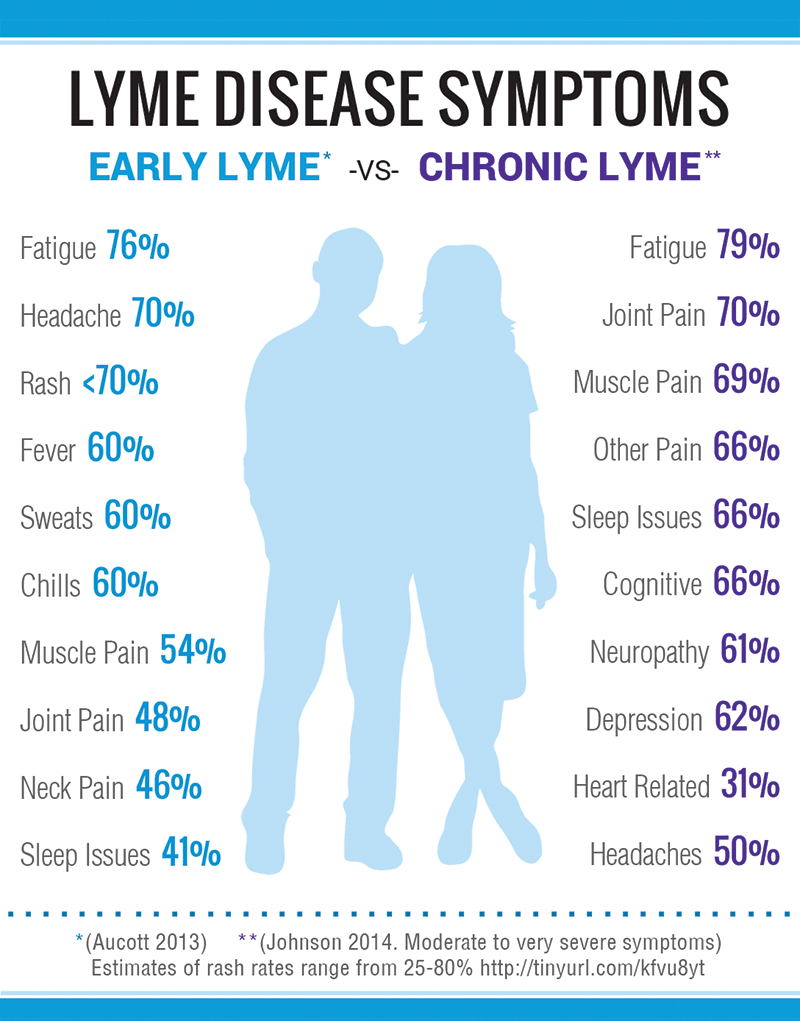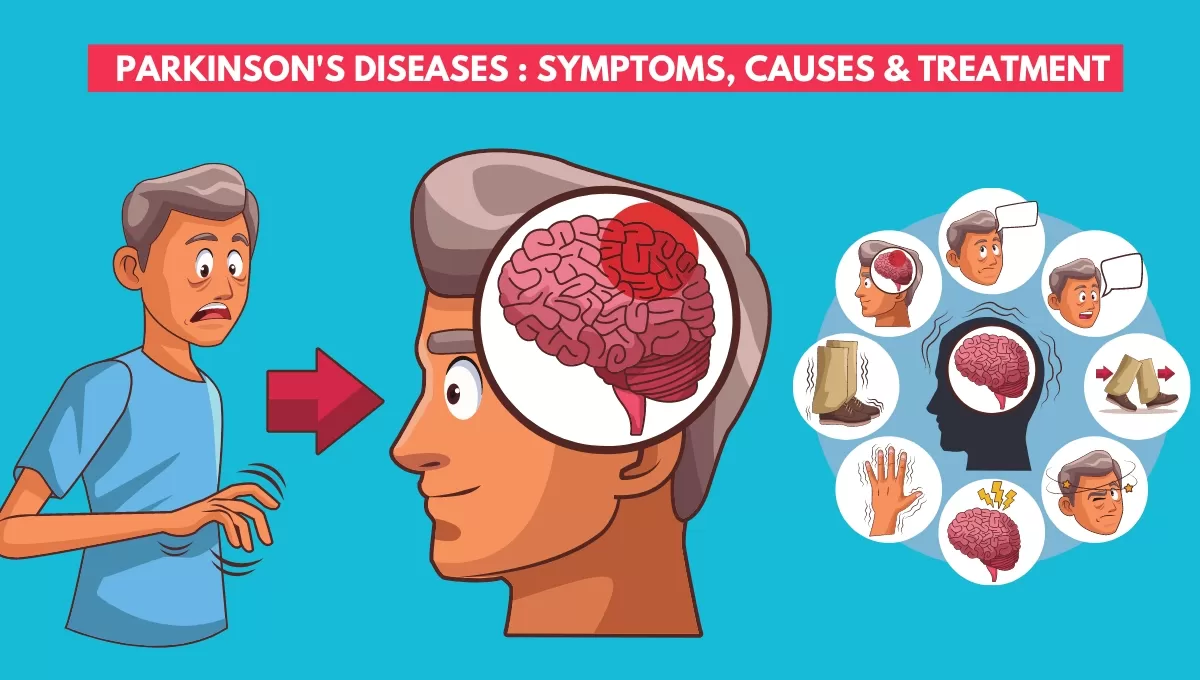
Introduction to Lyme Disease
Lyme disease has increasingly captured public attention as reports of infections continue to rise globally. As a tick-borne illness caused by the bacterium Borrelia burgdorferi, Lyme disease poses significant health risks, particularly in certain geographical areas. Understanding its symptoms, treatment options, and prevention strategies is vital for public health.
Current Statistics and Trends
According to the National Health Service (NHS) in the UK, the number of reported Lyme disease cases has escalated in recent years. In 2022, the NHS documented over 1,000 confirmed cases, with the majority of infections occurring during the summer months when tick activity is at its peak. The Health Protection Agency has identified the South of England, particularly the New Forest area, as high-risk zones for Lyme disease, reflecting a greater number of reported cases in these regions.
Symptoms and Diagnosis
The symptoms of Lyme disease can vary widely, often complicating the diagnosis. Early signs commonly include fever, chills, fatigue, and a characteristic rash known as erythema migrans, which appears as a circular or bull’s-eye pattern. If left untreated, the disease can progress to affect the joints, heart, and nervous system, leading to more severe health complications. Maintaining awareness of these symptoms is crucial for timely diagnosis and effective treatment.
Prevention Strategies
Preventing Lyme disease primarily involves avoiding tick bites. The NHS recommends several strategies, including wearing long sleeves and trousers when walking in wooded or grassy areas, using insect repellents that contain DEET, and conducting thorough tick checks after outdoor activities. Public health bodies also advocate for community awareness programmes that educate individuals on tick behaviour and safe outdoor practices.
Conclusion
As incidences of Lyme disease continue to rise, understanding the disease’s symptoms, prevention strategies, and current statistics becomes increasingly essential. With heightened awareness and proactive measures, individuals can reduce their risk and protect themselves during peak tick season. Health authorities stress the importance of ongoing research into Lyme disease to develop better treatment protocols and prevention strategies, highlighting the need for vigilance in both public health policy and personal awareness.
You may also like


Tragic Incident Leaves Gardener Paralysed: A Call for Action
